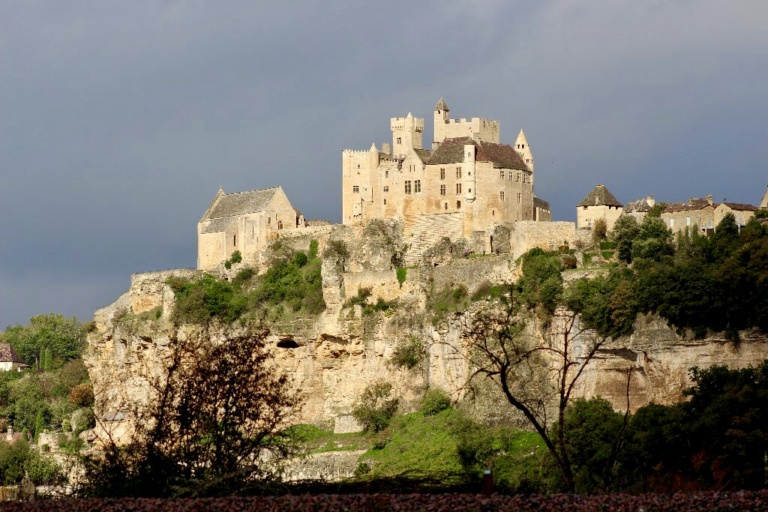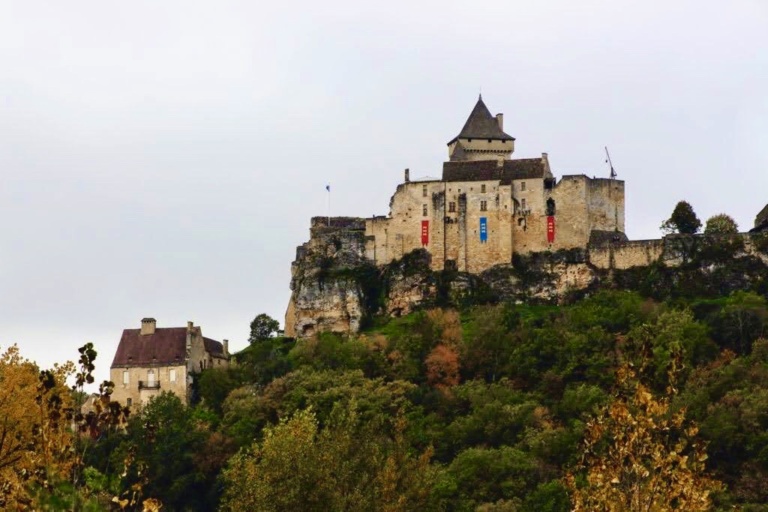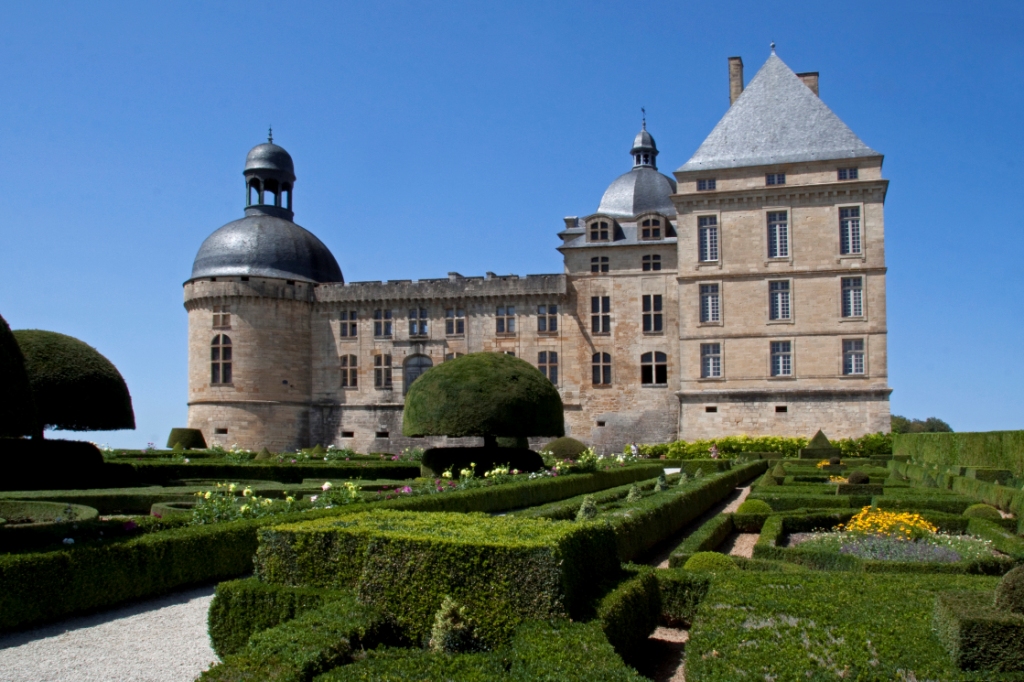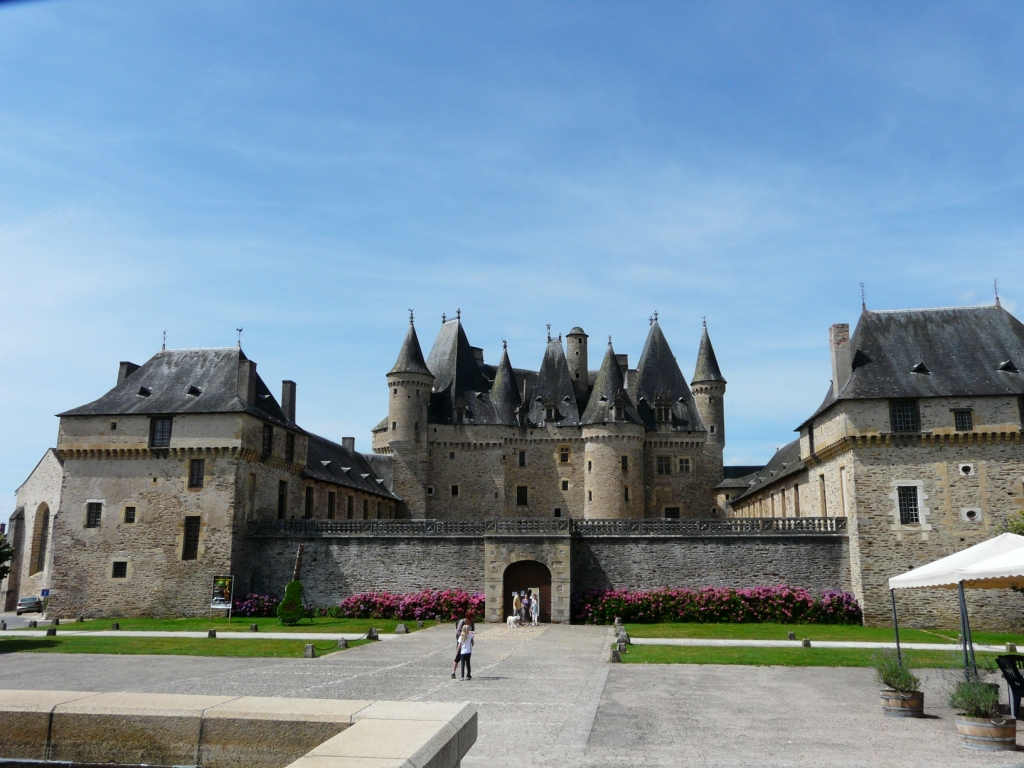Chateau Hautefort in the Dordogne
Chateau Hautefort
Chateau Hautefort is a stunning heritage listed chateau and gardens in the town of Hautefort in the Auvézère Valley.
The style of the chateau is unusual for the Dordogne Valley as while it was once fortified over the years it has been re modeled so it is now similar to the chateaux built by the nobles in the Loire Valley.
The castle is surrounded by incredible French formal gardens which are well worth a visit.
The History of Chateau Hautefort
The first owner of Chateau Hautefort was Guy de Lastours in around the year of 1000. Gouffier de Lastours, one of his descendents, is thought to be one of the 30 knights who laid siege to Jerusalem in 1099 alongside Godefroy de Bouillon who later became the first ruler of Kingdom of Jerusalem.
In the 12th century the chateau came under the rule of the De Born family, represented by two feuding brothers, Constantin and the famous troubadour Bertran de Born. Bertran was famous for old Occitan music and poetry. At this time the medieval fortress consisted of a keep and several towers linked by battlements. In the 15th century, the Château passed to a branch of the De Gontaut family, who took the name and coat of arms of Hautefort.
As times and fashions changed, the fortress gradually turned into a place of leisure similar to those of the Loire Valley. The Château experienced its most extravagant period in the 17th century. François de Hautefort and his grandson Jacques-François worked successively with two architects Nicolas Rambourg, from Lorraine, then a Parisian, Jacques Maigret. The Château was gradually stripped of its defensive functions to become a “modern-style” château, formed of a corps de logis and two wings at right angles, punctuated by two circular towers. Its imposing and majestic form reflects the power of the Lords of Hautefort.
During the French Revolution, the de Hautefort family did not move away. The château was used as a “prison for suspects” from 1793 to 1795, and was saved from destruction. The family owned the castle until 1890 century when the widow of the last owner descended from the De Hautefort family, Count Maxence de Damas, sold the Château to a rich industrialist, Bertrand Artigues. When he died without heirs in 1908, the Château fell into ruins.
In 1929, Hautefort was saved by Baron Henry de Bastard and his wife Simone who gave new life to the residence and its gardens. It was not until after the death of her husband in 1957 that the the Baroness finish the work, she moved into the Château in 1965. In 1968 a fire ravaged the corps de logis of the Château. The Baroness de Bastard set out to restore her château again. Moved by her passion and determination, everyone worked to help and encourage her, from the villagers to the celebrities of the day, such as Pierre de Lagarde or André Malraux.
The Chateau is open to the public from 1 March until Mid November.
From the 17th century, there have been formal gardens at Hautefort. However, the latter were destroyed during the following centuries, to give way to those we now admire today.



